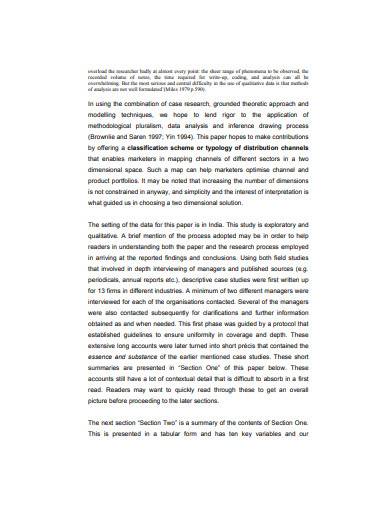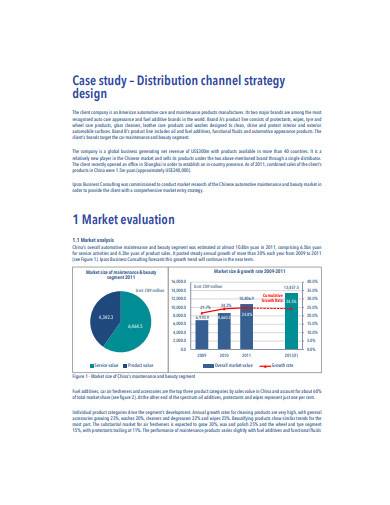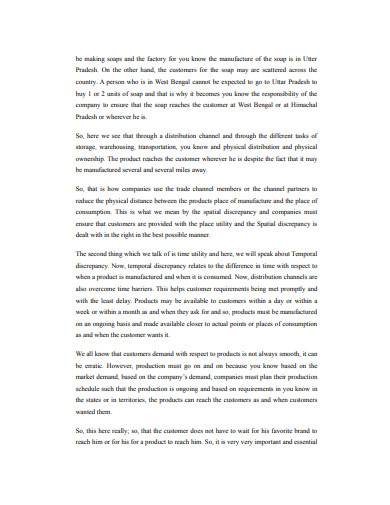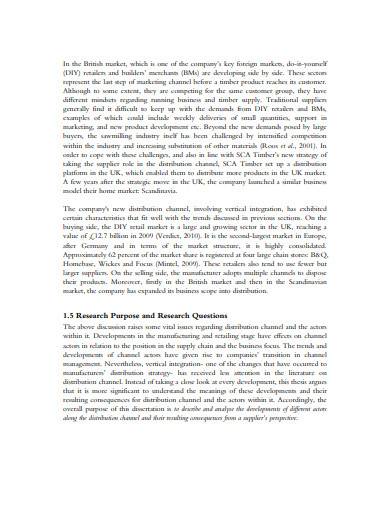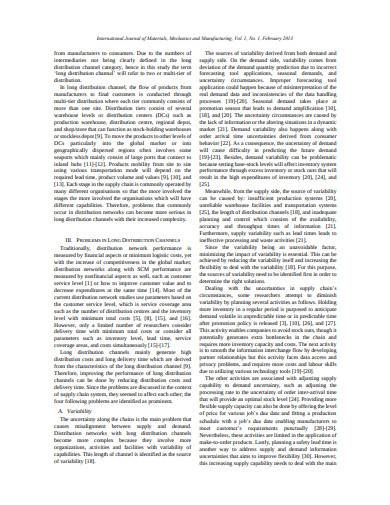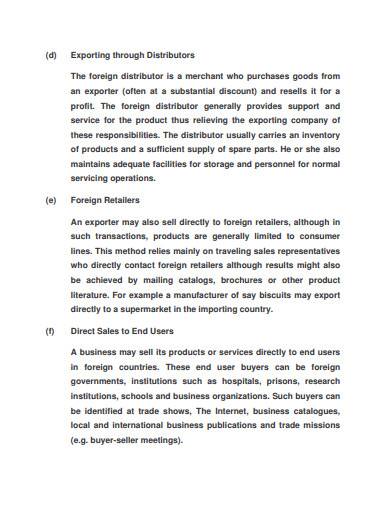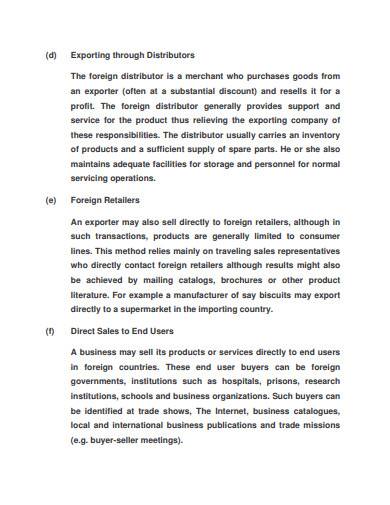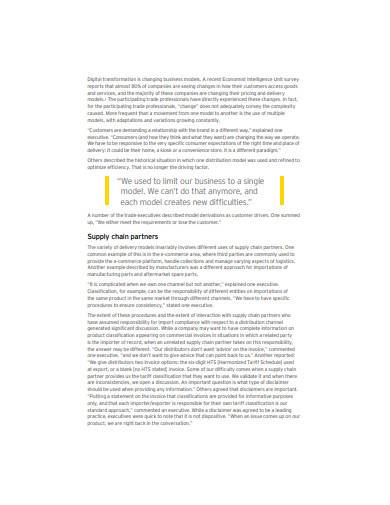Everyone needs help once in a while. No matter how hard you try, you can’t always accomplish specific tasks on your own. Sometimes, the best choice is to ask for a helping hand. Asking people to help you isn’t a sign of being incapable, it just means you understand your weaknesses. Some tasks get done better when you have a partner. In the corporate world, business partnerships and relationships are vital to help companies grow. By acquiring the service of another company, you get to improve your sales and strengthen bonds all at the same time. In retail and marketing, the companies you work with are what you call distribution channels.
Defining Distribution Channels
Not all companies that produce goods can reach their clients. Some have to enlist the service of other companies. To complete the supply chain, a manufacturing company must have distribution channels. These channels serve as the pathway for goods to reach their final destination. A distribution channel can compose more than one intermediary. Each company that is part of the chain are the stops that the product goes through and directs it to the next stop. The distribution channel answers questions like how the product gets delivered and where it goes. As useful as they are, distribution channels can also make distribution management too complicated.
Importance of Distribution Channels
For goods and services to reach their end consumer, they have to go through a particular course. The term used for the course is a distribution channel. Although distribution channels can complicate the overall business system of distribution, they do bear a lot of importance. To fully understand what distribution channels, it’s best if you knew what its importances are.
Exchange in Efficiency
For a whole system to work, all parts need to be efficient. You can’t expect one party to do all the work. The good thing about distribution channels is that they help all parties work dynamically. They help reduce the number of people in a contact list that a manufacturing company has to familiarize with.
Multiple Functions
As established, a manufacturing company cannot always deliver to their clients. Distribution channels can help to that and more. They provide solutions for advertising and marketing, storage, selling, and transportation. By offering these functions, the manufacturer can spend more time focusing on other areas of the business. Companies in the distribution channels might even perform these tasks better than the manufacturer.
Cut Costs
Producing merchandise can already cost a company so much. Luckily, employing other companies to be part of a distribution channel can save the producer so much money in the long run. As mentioned above, some intermediaries offer a lot of functions. Utilizing functions can prevent any financial risks for the producer.
Offer Promotion
Other than selling and storing your company’s products, intermediaries in a distribution channel can also promote your products. Some companies have a more elaborate marketing plan than the manufacturer. This not only helps the manufacturer focus on other things but also gives them a chance to learn from the intermediary’s strategy.
Types of Distribution Channels
It’s easy to assume that there is only one kind of distribution channel. For as long as there is a pathway for products to pass through, that’s distribution channels. This concept is actually wrong. You will need different kinds of action plans for different types of distribution channels.
Direct Distribution
When a company can reach out to their clients, they wouldn’t need to use an extended distribution channel. Direct distribution mainly requires a company to be able to communicate with their clients directly. This kind of distribution is perfect for products that have a long shelf life like gadgets, jewelry, etc.
Brokers and Distributors
Sometimes, a company might employ agents to sell their products. These agents and distributors act as your representatives and communicate with customers for you. Producers entrust specific tasks to these brokers. You can say that real estate brokers are part of a distribution channel since they’re the ones that make transactions for a company.
Wholesalers and Retailers
The most preferred kind of indirect distribution is through wholesalers and retailers. This puts the risks in the hands of the resellers and not on the manufacturer. Resellers purchase the products before they sell it, so if it isn’t as profitable as hoped, this becomes a problem for the reseller.
E-Commerce
The internet has once again changed the game when it comes to business. Many companies rely on e-commerce to sell their products. This kind of distribution makes products readily available to a large number of customers. And with data analysis, companies can prepare for any rise or fall in sales and inventory management.
10+ Distribution Channel Samples in PDF | DOC
Distribution channels are vital to many manufacturing companies, to give you more insight on what distribution channels are, here are 10+ distribution channel samples you can look into.
1. Sales and Distribution Channel Sample
2. Distribution Channel Strategy Design Template
3. Distribution Channel Sample
4. Distribution Channel Template
5. Distribution Channel Example
6. Distribution Channel Management in PDF
7. Sales and Distribution Channels Example
8. Direct Distribution Channel Sample
9. Marketing Distribution Channel Template
10. Simple Distribution Channel Template
11. Product Distribution Channel in DOC
Choosing the Right Distribution Channel
In any business, part of strategic planning is knowing and deciding what works best for you. In merchandising, once you think you know what type of distribution channel would be best for your products and customers, you then need to think of the specifics. There are some considerations when picking the right distribution channel.
1. Know Your Competitors
When choosing a distribution channel for your company, you need to know what methods and channels your competitors are using. By conducting a competitor analysis, you get to see if the ways they use are useful or just traditional. This also helps you find other channels you can use to your advantage.
2. Analyze Cost and Benefits
Getting support systems for your chosen distribution channel will be time-consuming and costly. You need to analyze the cost of each distribution channel and figure out if the benefits are worth the expenses. Once you’ve made your decision, it’s going to be challenging to turn back. Cost analysis could be helpful to you.
3. Enumerate Your Options
When given a lot of choices, you shouldn’t randomly pick what you want. It would help if you examined each option to see which ones are the best. You can rank your choices based on whatever category you think is most relevant. A good suggestion is picking channels that help you reach the customer with your budget.
4. Formulate a Plan
Everyone wants their business to expand. So when yours does, you need to be ready. You might inevitably need to employ more distribution channels as your company grows. To make sure you can equip yourself with the right elements when this happens, you need to have a strategy plan.
Business relationships are essential for your company’s growth. It would be best if you had partners to fill in your weaknesses. Sometimes, these partnerships can come in the form of distribution channels. If you can find the right channels, your business is sure to succeed.
Related Posts
Sample Material Lists
Sample Excuse Letter for School
Feature Writing Samples
FREE 14+ Sample Music Concert Proposal Templates in MS Word | Google Docs | Pages | PDF
FREE 10+ Security Guard Contract Samples in PDF | MS Word
FREE 10+ Assurance Agreement Samples In MS Word | Google Docs | Apple Pages | PDF
FREE 10+ Option to Purchase Agreement Samples in MS Word | Apple Pages | PDF
FREE 26+ Curriculum Form Samples in MS Word | PDF
FREE 20+ Cleaning Service Proposal Samples in PDF | MS Word
FREE 29+ Sample Loan Application Form Templates in MS Word | PDF
FREE 10+ Event Venue Contract Samples in PDF | MS Word | Pages | Google Docs
FREE 10+ SBAR Samples in PDF | DOC
FREE 12+ Music Band Contract Templates in PDF | MS Word
FREE 10+ HVAC Maintenance Contract Samples in PDF | MS Word
FREE 10+ Social Media Marketing Contract Samples in MS Word | PDF

